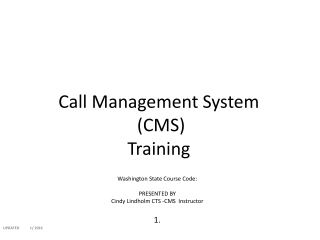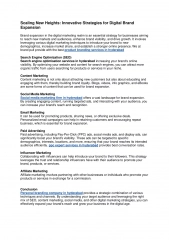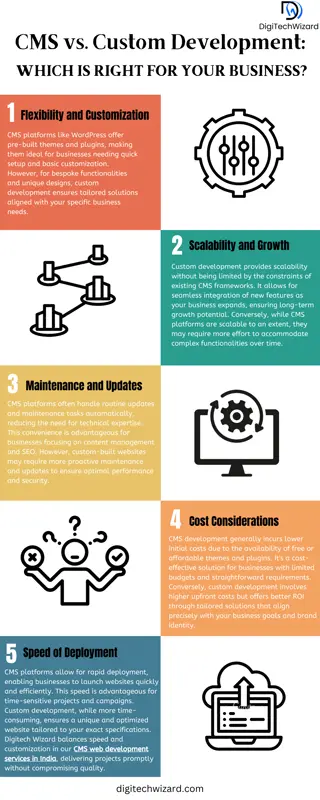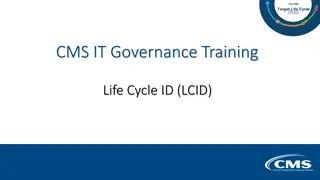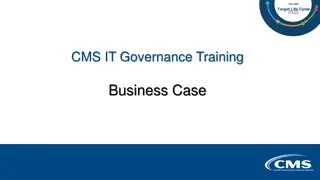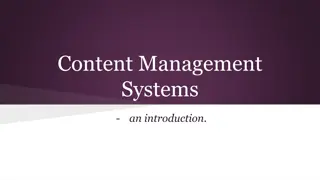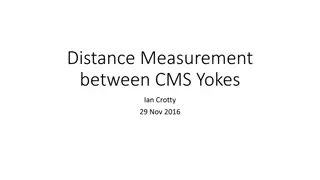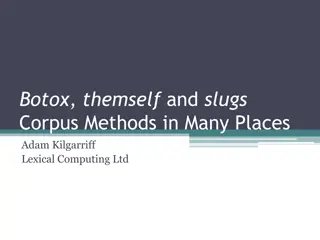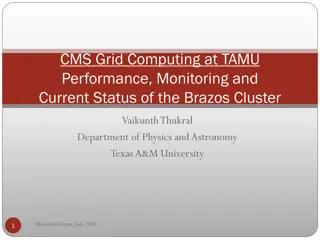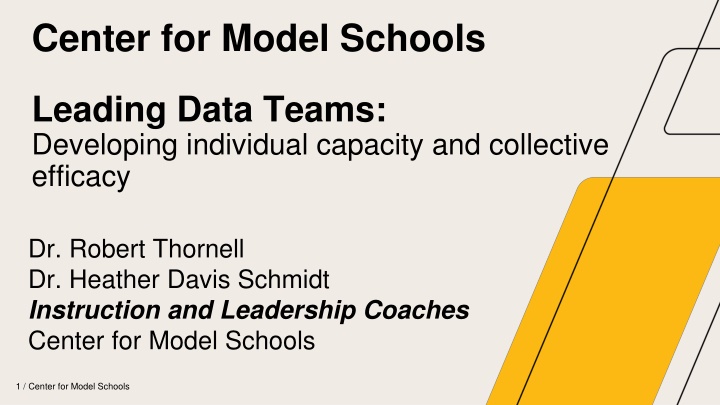
Developing Collective Efficacy in Schools: A Comprehensive Approach
Explore a series of strategies to enhance data-driven decision-making and instructional practices in schools. Learn how to leverage continuous improvement, establish instructional partnerships, and communicate a bold vision for school success.
Download Presentation

Please find below an Image/Link to download the presentation.
The content on the website is provided AS IS for your information and personal use only. It may not be sold, licensed, or shared on other websites without obtaining consent from the author. If you encounter any issues during the download, it is possible that the publisher has removed the file from their server.
You are allowed to download the files provided on this website for personal or commercial use, subject to the condition that they are used lawfully. All files are the property of their respective owners.
The content on the website is provided AS IS for your information and personal use only. It may not be sold, licensed, or shared on other websites without obtaining consent from the author.
E N D
Presentation Transcript
Center for Model Schools Leading Data Teams: Developing individual capacity and collective efficacy Dr. Robert Thornell Dr. Heather Davis Schmidt Instruction and Leadership Coaches Center for Model Schools 1 / Center for Model Schools
Making Connections At your Table: Tell the story of your penny. 2 / Center for Model Schools
Teaching and Learning Monitor key indicators of success and well-being to continually refine systems of teaching & learning. 3 / Center for Model Schools
Teaching and Learning Generate buy-in to prioritize teaching and learning using data Use holistic approaches for data analysis Plan ways to sustain data work over time by engaging in continuous improvement cycles 4 / Center for Model Schools
Table Talk: What would you do? Data Team Scenario #1 The majority of one grade level has worked at your school for 10+ years. Morale is high, but scores on assessments are average to low. The team isn t accustomed to outside assistance and the majority of teaching is a traditional approach. How do you work to establish yourself as an instructional partner in this situation? 5
VISION "...the single strongest lever for improving schools the quality of school leadership," (p. 108, Bryk et al, How a City Learned to Improve Its Schools) 6
Reflection What is your vision for data work in your schools and in what ways have you communicated this vision in your school? 7 / Center for Model Schools
Table Talk What data would your staff say is the most important on your campus and why? 8
Vision and Strategy Leverage continuous improveme nt and measure progress Collaborate to enact a shared vision Create and communicate a bold vision. 9 / Center for Model Schools
STRATEGIES However beautiful a strategy, you should occasionally look at the results. -Winston Churchill 10
Data Audit - Examples School Data Academic Data Demographic Data Non- Academic Data 11
Teaching and Learning Monitor key indicators of success and well-being to continually refine systems of teaching & learning. 12 / Center for Model Schools
Teaching and Learning Is this consistently true for your school? What is your process? Does your your staff think this is consistently true for your school? If not, what steps will you take to intentionally move toward alignment? 13 / Center for Model Schools
"Part of being the instructional leader in the building or at the system level is initiating these important conversations," (p. 103, Patrick and Peery, PLC-Powered Data Teams) 14 / Center for Model Schools
Collaborate Four Steps to a Data Dive Analyze Trends Share Insights Next Steps Gather Data 15 / Center for Model Schools
Step 1: Gather Data What data do your teachers gather on a consistent basis? What do the do with it? Who looks at it? 16
Step 2: Analyze Trends What trends do you notice within the data you gathered? What do you notice about the data gathered over time? What might be causing the trends you observe? 17
Step 3: Share Insights What do we do well? What challenges do we observe? Is one member of the team seeing different results than the others? Why? 18
Step 4: Determine Next Step for Instruction Plan next instructional steps that might include: conferring with students providing scaffolds grouping students identifying the appropriate next lesson or task structuring class (whole group, small group) 19
Continue the Work Consider possible instructional next- steps based on our data analysis. 20 / Center for Model Schools
Continue the Work Create an Action Plan 20-Day Action Plan: What are ways to start making an adjustment to your existing processes? Identify goals and actions to put this into motion. 21 / Center for Model Schools
COLLECTIVE EFFICACY "...the relational trust among the school principal, teachers, students, and parents operates as both a lubricant for organizational change and a moral resource for sustaining the hard work of local improvement," (p. 108, Bryk et al, How a City Learned to Improve Its Schools) 22
Build collective teacher efficacy to sustain data work over time Collective Efficacy Defined A shared belief among educators that their behaviors can directly influence student outcomes and achievement. 23 / Center for Model Schools
If. .educators do not believe in all children s capacity to reach challenging standards, THEN they react with complacency when they see achievement gaps .educators do not know how to interpret data accurately, THEN they jump to flawed and erroneous conclusions .educators do not have a systematic improvement process in place, THEN the school will continue to experience chronic underperformance 24
Collective Teacher Efficacy The Impact of Collective Efficacy 0.4 (statistical significance) 0.92 1.57 1.29 0.29 0.52 Self- Efficacy SES Home- work Teacher expectations Impact on Student Achievement 25 / Center for Model Schools
Table Talk In what ways are these variables apparent within your organization? 1. High expectations around student growth 2. Routine teacher collaboration 3. Evidence of teacher impact 26 / Center for Model Schools
Leaders with Strong Self-Efficacy affect goals motivate direct reports promote collective efficacy persevere through improvement challenges positively influence staff. 27 / Center for Model Schools
Things to Remember as a School Leader Data alone have no meaning. Meaning is imposed through interpretation. Effective data users become aware of and critically examine their frames of reference and assumptions. Data can become a catalyst for questioning assumptions and changing practices based on new ways of thinking. 28
Table Talk 1.What is something you learned today? 2.What is a question or wondering you have from today s learning? 29 / Center for Model Schools
Significant and stable changes in student performance require not only changes in classroom practice but also changes in the working culture of teachers. All cultural change requires leaders to recognize patterns and determine which patterns of interaction are productive and which are not. All groups, both large and small, develop norms around the distribution and uses of influence, authority, and power. How these norms play out in a given group forms the baseline from which any change will emerge. ~ Schein 30 Source: Edgar H. Schein, Organizational Culture and Leadership, 5th ed. (San Francisco, CA: Jossey-Bass, 2016), 113.
Dr. Robert Thornell robert.thornell@hmhco.com Dr. Heather Davis Schmidt heather.schmidt1@hmhco.com 32 / Center for Model Schools
Resources Bryk, A., Greenberg, S., Bertani, A., Sebring, P, Tozer, S, Knowles, T. (2023). How a city learned to improve its schools. Harvard Education Press. & Patrick, P., & Peery, A. (2021). PLC-powered data teams: A guide to effective collaboration and learning. International Center for Leadership in Education, Inc. 33 / Center for Model Schools


